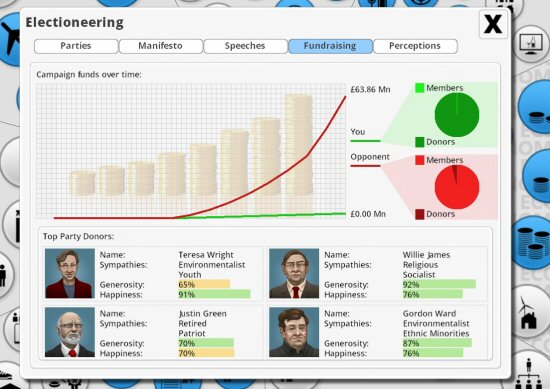

The chapter concludes with brief lessons from the Spanish experience. Section two describes the scale of the shock it underwent from 2008 onward and analyzes the triple crisis in financial, fiscal, and competitiveness performance. The first section of the chapter outlines the main features of the Spanish growth model, and the challenges that it faced. , and to explain its economic collapse after 2008 (see Royo 2000, 2008, 2013). This chapter seeks to provide an overview of the country’s evolution since the transition to democracy The country had to face a triple crisis: financial, fiscal, and competitiveness. How did this happen? Policy choices and the structure of decision making the role of organized interest the structure of the state and institutional degenerationĪll played an important role in explaining the severity of the economic crisis in Spain as did the country’s membership under an incomplete monetary union. But then the (debt fueled) dream was shattered and the country’s economy imploded after 2008. As a result, Spain is suffering one of the worst crises since the 1940s (Royo 2013).Īnd the country’s European integration, Spain was, prior to the 2008 crisis, a model country. Yet all this came to a halt when the global financial crisis hit Spain in 2008. , the Spanish economy seemed to had been able to break with the historical pattern of boom and bust, and the country’s economic performance was nothing short of remarkable.

Over the decade and a half that preceded the 2008 global financial crisis 2 While other European countries had been stuck in the mud, Spain performed much better at reforming its welfare systems and labor markets, as well as improving flexibility and lowering unemployment. Indeed, before the global crisis that hit Spain in the spring of 2008 the country had become one of Europe’s most successful economies. The following two and a half decades were a period of phenomenal growth and modernization. The 1980s also witnessed Spain’s integration into NATO (1982) and the European Community (1986). The following decade also witnessed the Socialist Party being elected to actual power in 1982, bringing a new aura of modernity to the country. These developments were followed by the progressive return of Spain to the international arena-where they have been relatively isolated during the dictatorship.
Democracy 3 gdp free#
A negotiated transition period, which has been labeled as a model for other countries, paved the way for the elaboration of a new Constitution, followed by the first free elections in almost forty years. King Juan Carlos, Franco’s heir, oversaw the return of democracy to the country. 1Īfter Franco’s death in 1975, the graph turned upward again.

And there was much political instability: Spain suffered forty-three coup d’états between 18, a horrendous civil war between 19, followed by thirty-six years of dictatorship under Generalísimo Franco.

A vast empire was gradually lost, leaving Spain poor and powerless. After that, the history of the nation goes downhill until the 1970s. That is, the graph rises-bumpily at times, through 600 years under the Romans, 700 years under or partly under the Moors, and a century of empire-building-to the peak of Spanish power in the sixteenth century. The overall pattern of Spanish economic history has been described, crudely, as a graph shaped like an upside-down version of the letter ‘V’. The 2008 economic crisis, while not fully unexpected, came as a relative surprise given the strong performance of the Spanish economy during the first years of the twentieth century. This book will show that the financial crises were the result of a political bargain in which incentives and a lax regulatory framework favored developers, property owners, and bankers, thus confirming a central tenant: the crucial importance of domestic political institutions, the rules of the game, and the role of domestic players operating within those institutions. The economic crisis that started in 2008, part of the great recession that engulfed most countries, had profound consequences for the Spanish banking system. Yet again, the performance of the Spanish banking system was deeply connected to the performance of the Spanish economy, and progress in the banking sector was marred by the performance of the Spanish economy at large. In order to contextualize the banking games that inform the next chapters and to understand the overall consequences that the economic crisis had on Spanish banks and cajas, this chapter examines the economic crisis and analyzes its causes and consequences. The economic crisis that hit the country in 2008 cannot be separated from the subsequent financial crisis.


 0 kommentar(er)
0 kommentar(er)
